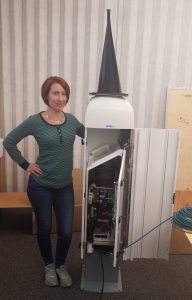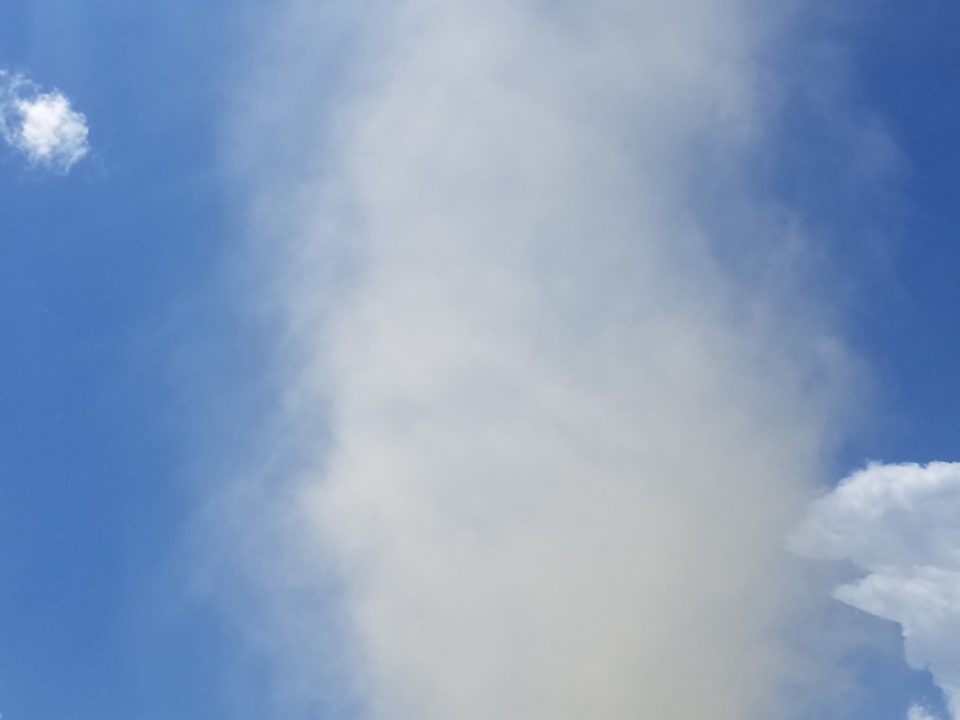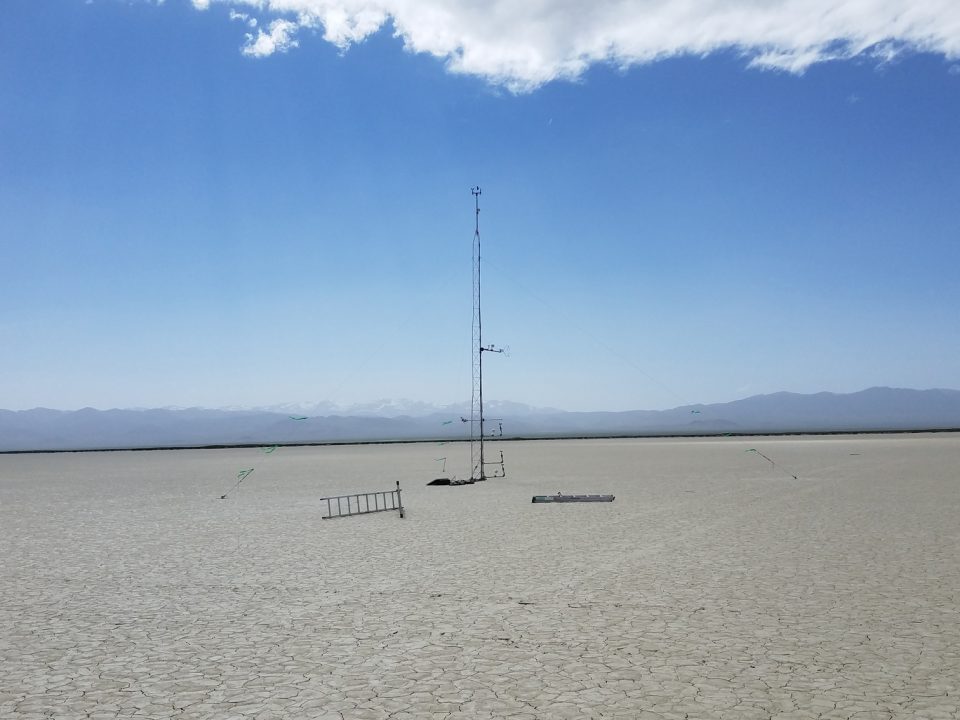Dust Devil Fieldwork #1: Equipment

Old dunes and new dunes
March 4, 2019
Baby dunes
April 26, 2019April 22, 2019
Hey. So last fall I found out that some colleagues and I got our dust devil proposal funded (I’m the PI, which means I’m the one in charge.)
My initial reaction included elation. Relief. Joy. 🤗🎉🎈🥂🎊
We’d submitted this proposal five times (FIVE!!) before we got it funded. And now we’re really going to do it. We’re going to get some amazing meteorology instruments, some awesome cameras, and go out to the US southwest to study some dust devils.
As reality set in, my second reaction looked like this: 😨😰🙀
Because. Well. This is a big job. I want to do it well. After sinking so much time into getting the proposal to be perfect, I now have to follow through on all of my promises and learn some great things about dust devils. In another post I’ll start going into the details of what we’re looking for out in the desert and why. And perhaps an explanation of what a dust devil is – after all, I didn’t really understand them myself until I started reading about them a decade or so ago, when I started to realize how little we knew about them.
If you’re not familiar with dust devils, The Weather Channel’s got your back:
The short version of what we’re doing is this:
We’re trying to understand what controls dust devil behavior at different times of day and in different weather.
“Okay”, you say, “but why?” 🤔
Because maybe they can be used to tell us about weather conditions in places where there aren’t any meteorological instruments (like Mars, or remote spots on Earth).
As I said, there will be more on that in a later post. Maybe the next one.
For now I wanted to start off with where we are in the planning process. For our main campaign in June, we’ll be heading to the Nevada desert. But first we’ll spend a week in May field testing our equipment, making sure our setup is going to give us the data we need. We’ve got a whole lot of equipment to work with, so there’s a lot to keep track of.
Much of our equipment is still being shipped to us. (Yes, mere weeks before we need it, insert obligatory grumbling about government shutdowns delaying grant funding…) One thing we do have so far is the ceilometer, which you might see me refer to as our “baby lidar”. A ceilometer shoots an eye-safe laser beam straight up into the sky. Bits of dust in the air reflect some of that light back down to the ceilometer’s sensor. So we can build up a picture of the lower atmosphere’s structure in that one spot where the ceilometer sits – we can watch what happens in the morning as the sun rises and the air starts to warm up, and we can watch what happens as dust devils and wind gusts start lofting dust into the air. How will these things affect dust devils? This is what we’ll find out.
Our ceilometer was made by Vaisala. Last week, a Co-I and I made a one-day trip to the company’s site in Louisville, Colorado, to meet our baby lidar, meet the staff, and get a feel for how it will work. The first time we plugged it in, the folks there put a hat on it, to keep the laser from reflecting off the roof of the room (we were inside a building but this thing is made to be used outdoors).

Obviously this hat was a Sorting Hat, but they didn’t tell us which Hogwarts House the ceilometer got sorted into. So I did what any reasonable person would do. I asked Twitter:
Twitter seems to think it should be a Ravenclaw🦅. (I was honestly prepared for any answer.) Well, okay then, now we know! I’ll see what I can find – a sticker or scarf or something that we can use to identify its house. Thanks to all who participated in our poll, you made my weekend and helped give the baby lidar some personality. Full disclosure here: I tested into Slytherin🐍. But I’ll play nice.
(In retrospect, I suppose it makes sense. After all, the Ravenclaw’s eagle can go up high in the sky, like the ceilometer’s laser.)
I will update with another picture once I’ve got the ceilometer (it’s being shipped to my office). I’ll also write more about our field study as the season approaches, and hopefully I’ll be able to provide updates in the field as we go.
—
Update (May 2, 2019): The ceilometer arrived safely and I got it working outside the SETI Institute. Our PR department decided they should get our CEO Bill Diamond to check it out on Facebook Live (apparently the audio isn’t great, but you can hear us talking if you turn up the volume – sorry we had to do the video outside, but the ceilometer doesn’t get any interesting results when it’s inside!).




